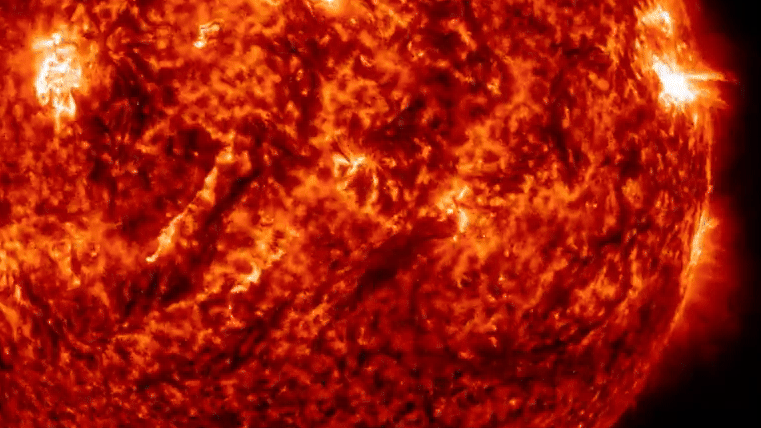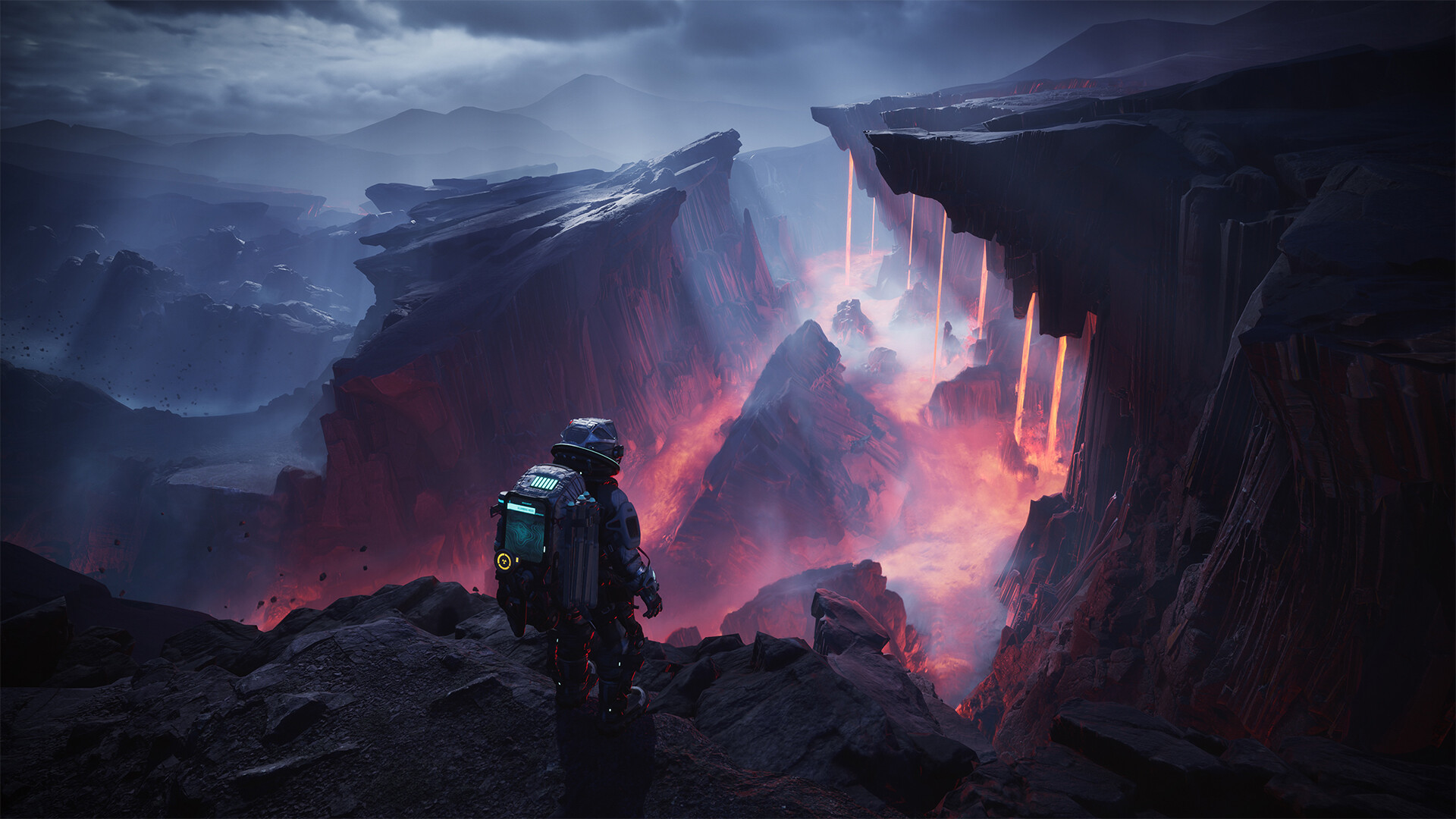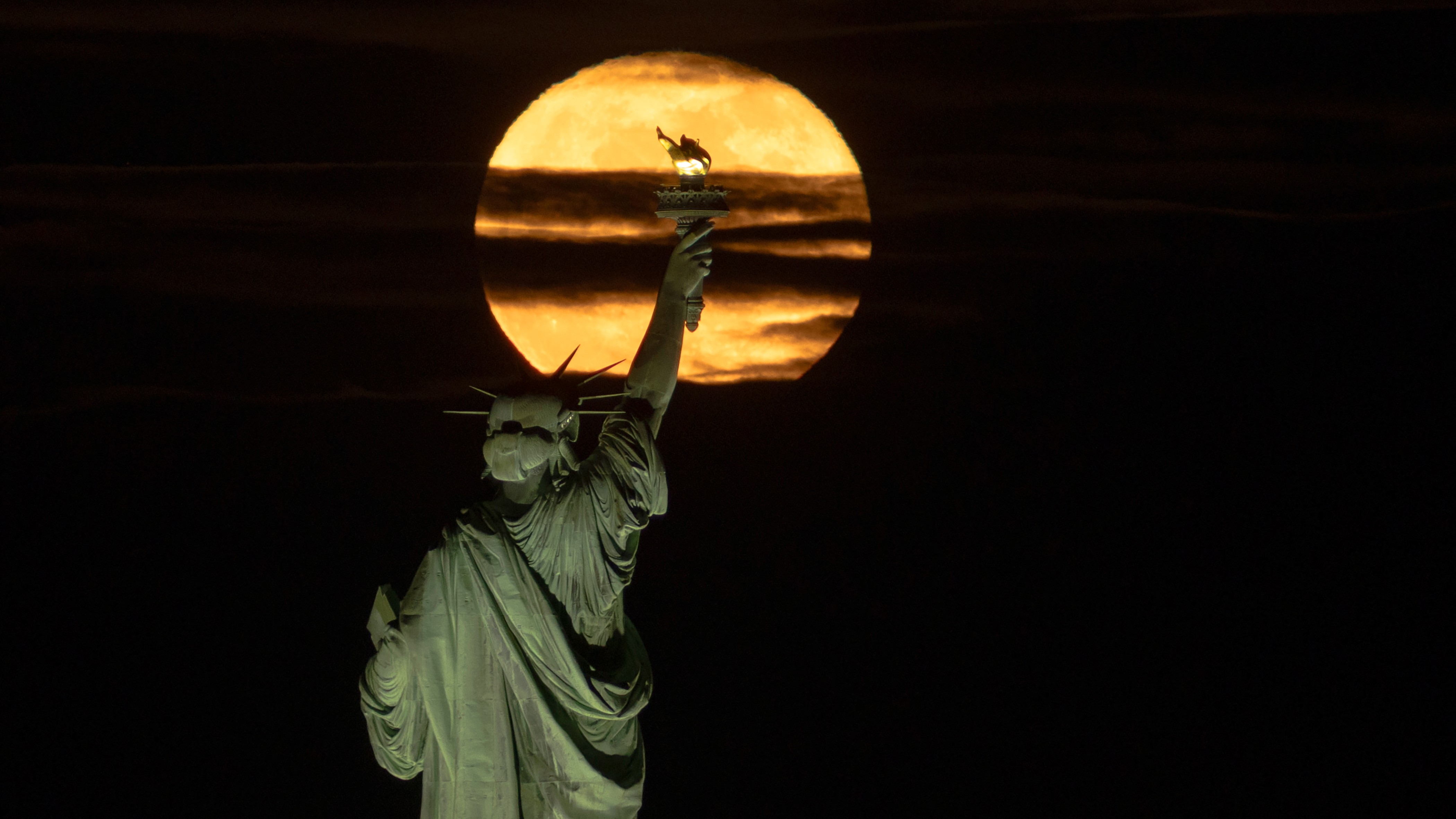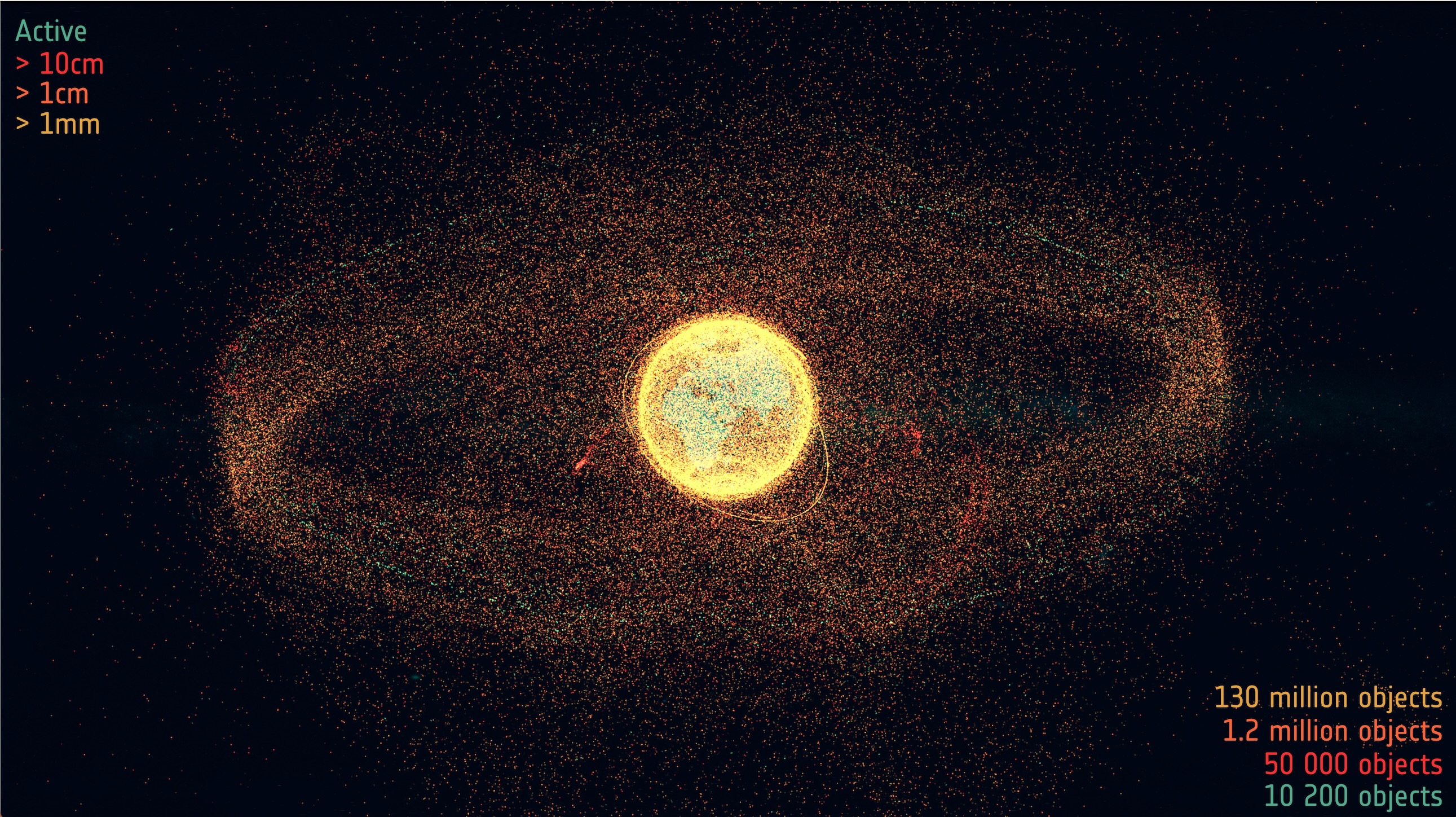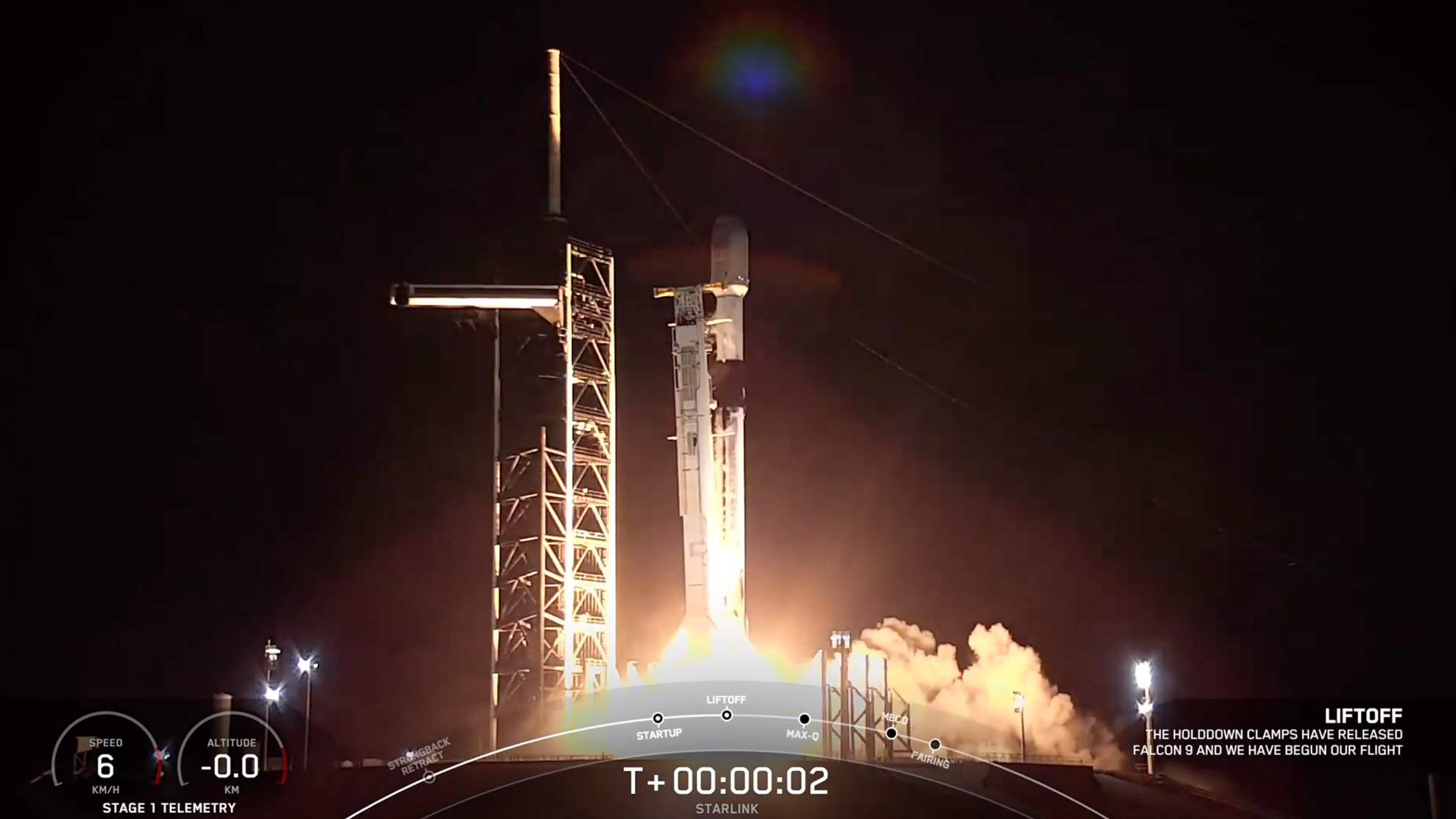How do supermassive black holes 'starve' their galaxies to halt star formation?
"Imagine that you shoot a cloud with a gun; the energy of the bullet can be as large as you wish, and the cloud won't care. Yet we see less clouds of gas where there are black holes."
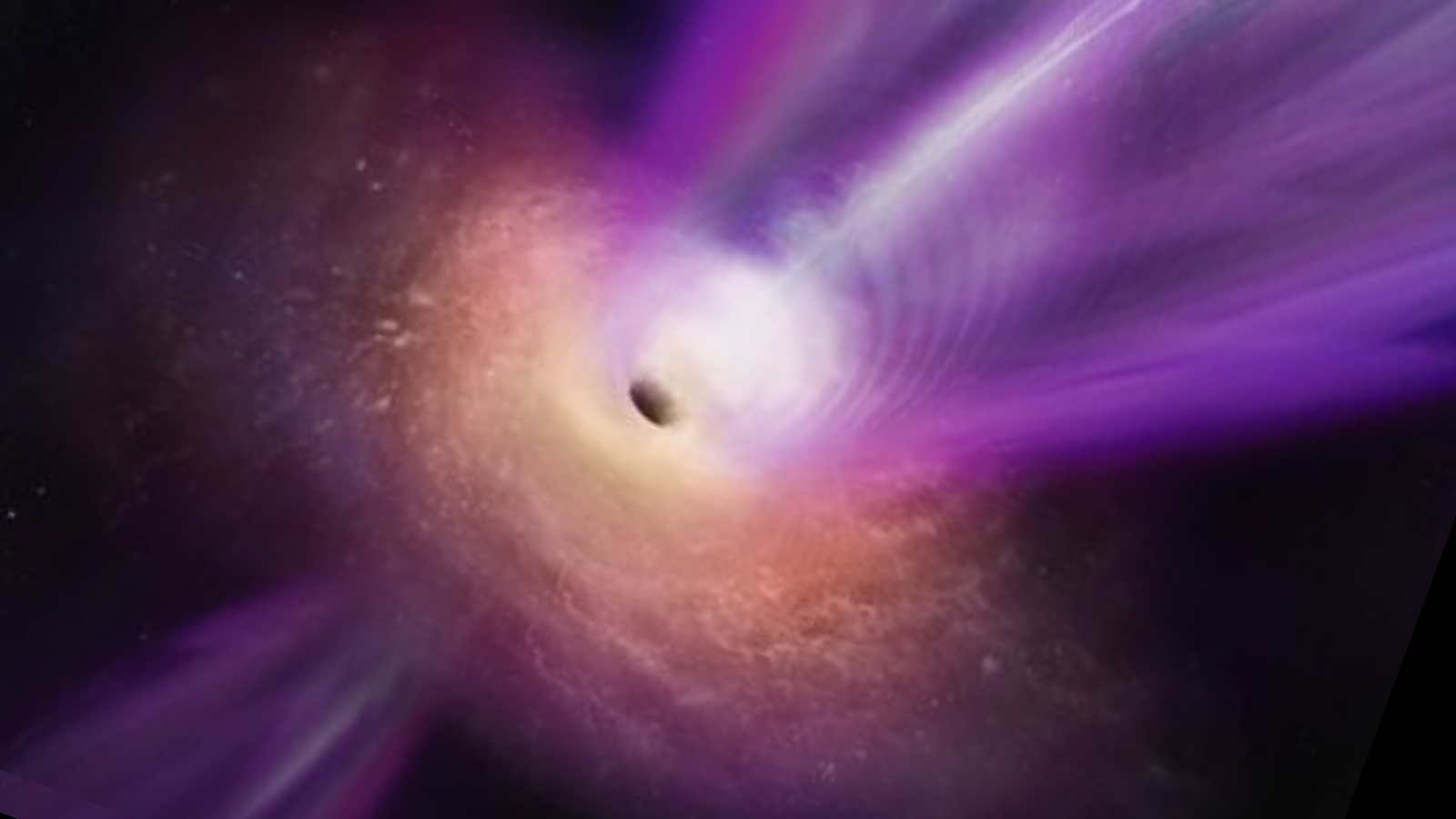
New research has affirmed the connection between supermassive black holes and galactic death through the cessation of star birth — albeit in an unexpected way.
Scientists have known for some time that there are two main types of galaxies in the universe. There are those with rapidly forming stars and those that are "quiet"
because they are birthing very few stars. Our own galaxy, the Milky Way, is an example of a quiet galaxy — yet, there is a bit of a conundrum. Scientists haven't quite been sure how a galaxy goes from star-birthing to quiescence. Until now, that is.
Supermassive black holes, with masses millions, or sometimes billions, of times that of the sun, are believed to lurk at the hearts of all large galaxies. It has also been suspected that these voids are behind the process of bringing black holes into passiveness, but the smoking gun evidence for the idea hasn't shown up. However, a team of scientists led by Tao Wang of Nanjing University may have uncovered that evidence for the first time. They found a link between the mass of a supermassive black hole and the amount of cold gas, the building material of new stars, that is purged from galaxies.
The bigger the supermassive black hole, the more gas is purged from the galaxy, causing the "death" of that galaxy through the quelling of star birth.
Related: Small black holes could play 'hide-and-seek' with elusive supermassive black hole pairs
"Since the 1970s, both theories and simulations all suggest that supermassive black holes should have a strong impact on the cool gas and star formation of their host galaxies; however, observationally, it remains vague," Wang told Space.com.
Various studies have shown, Wang explained, that even the most active black holes, or "quasars," don't appear to be connected to a reduction in star formation rates or molecular gas content.
Get the Space.com Newsletter
Breaking space news, the latest updates on rocket launches, skywatching events and more!
Wang added that these observations also contradict many traditional models of energy flow into a surrounding galaxy, or "feedback," coming from regions called active galactic nuclei (AGNs) that house feeding supermassive black holes. Those models suggest AGN feedback imparts a strong impact on the host galaxies around them.
Wang believes this contradiction has resulted in many astronomers starting to doubt the role supermassive black holes have on massive galaxy formation through star birth. "On the other hand, galaxies with more massive black holes tend to have lower star formation rates. This is somewhat puzzling for us," Wang continued.
But the team's main finding was that black hole masses are indeed the fundamental quantities that drive cool gas content in galaxies.
How do supermassive black holes kill galaxies?
Team member David Elbaz of the Université Paris Cité explained to Space.com that passive galaxies with little star formation have either no cool gas or very little of it. That's unlike star-forming galaxies that have lots of the substance.
"It is, therefore, generally assumed that the difference between both populations comes from the presence or absence of gas reservoirs," Elbaz said. "The key question is then to determine what the cause of the transition of galaxies from star-forming to passive is."
The researcher added that passive galaxies could potentially be more massive, which is something observations have implied, or have somehow been prevented from gathering cool gas reservoirs. In the former case, perhaps the gas is too sparse within the galaxy, while in the latter, perhaps something took away all the star-forming cool gas. And this "something" might be a central supermassive black hole.
Still, a puzzle persists. Black holes occupy a relatively tiny place in the centers of their host galaxies, while the cool gas that births stars extends over the whole galaxy.
"It is known that black holes concentrate a huge amount of gravitational energy, enough to affect the gas around them, but the puzzling part is not a question of energy; it is a question of how it works," Elbaz said. "Imagine that you shoot a cloud with a gun; the energy of the bullet can be as large as you wish, and the cloud won’t care. Yet, we see fewer clouds of gas where there are black holes."
The mass of a galaxy's supermassive black hole is about one-thousandth the mass of the stars in the tightly grouped collection of stars, or the galactic bulge, of that galaxy. These are regions where star formation has long since ceased.
"It was therefore postulated that black holes could influence galaxies by preventing them from forming new stars," Elbaz said. "But how? Until now, there has been no direct evidence of the influence of supermassive black holes on galaxy evolution."
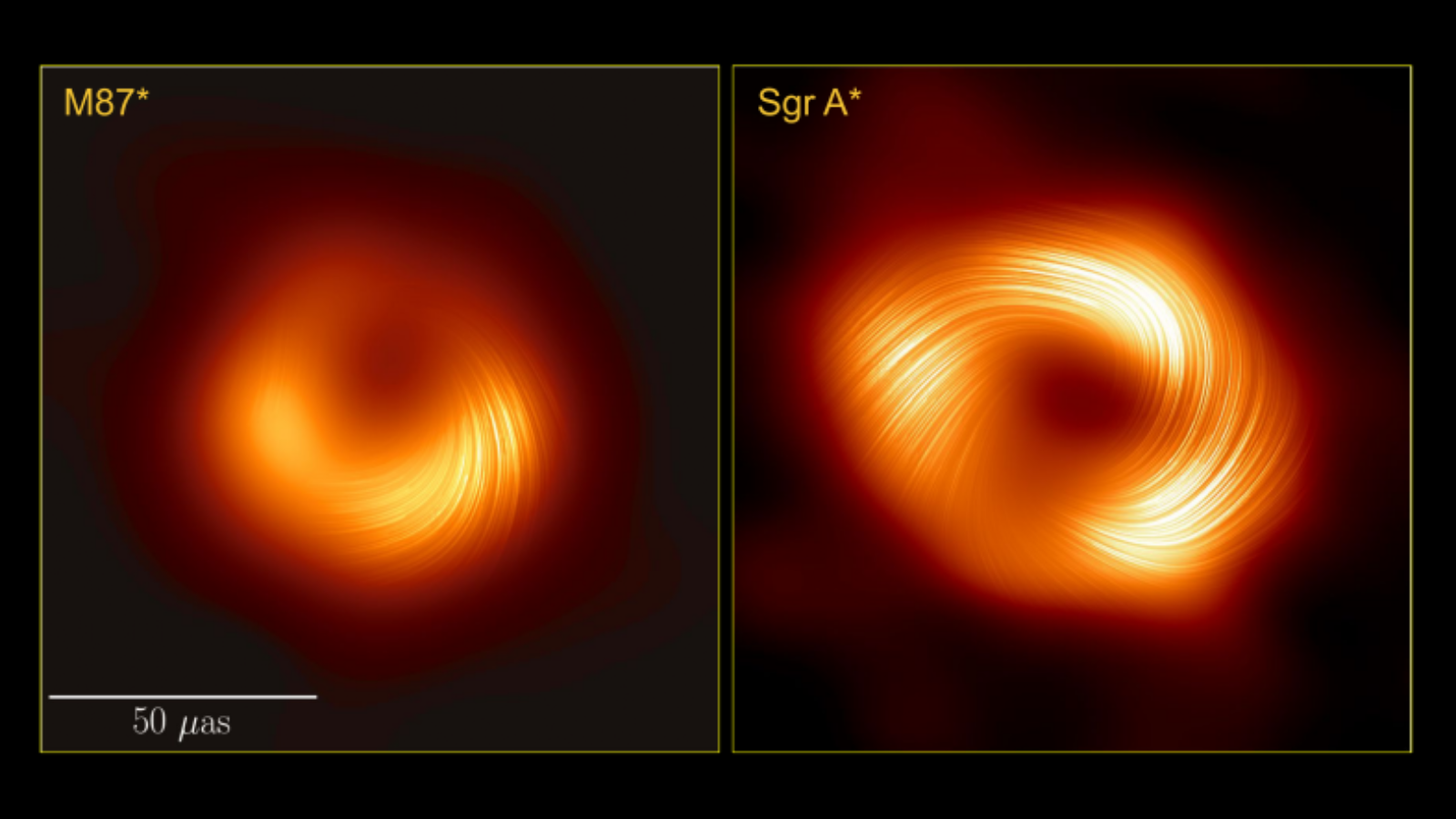
To solve this mystery, Wang, Elbaz, and colleagues analyzed 69 galaxies. They looked at the mass of these galaxies' stars, the masses of their central supermassive black holes, and the masses of their reservoirs of cool atomic hydrogen gas, the main element involved in the formation of stars.
"The reservoir of atomic hydrogen gas is lower in massive galaxies, which is not very surprising since passive galaxies are mainly found among the most massive galaxies," Elbaz said. "But what's new here is that we're also studying how gas reservoirs vary with the mass of the galactic black hole. We show that the gas reservoir decreases with a much better correlation when compared to the mass of the black hole."
Thus, the mass of galaxies probably does not explain why quiet galaxies form fewer stars; rather, it is likely the mass of the black hole within that determines a galaxy's star-forming rate.
"The more massive the black hole in a galaxy, the smaller its reservoir of atomic gas," Elbaz said.
The researcher added that the cold gas that feeds star formation in galaxies comes from matter falling into the galaxies, or "accreting," from intergalactic space, aka the space between galaxies. The team's analysis shows that the volume of cold gas in these galactic reservoirs drops with increasing black hole mass. "This suggests that black holes have the power to prevent galaxies from receiving matter from outside," Elbaz said.
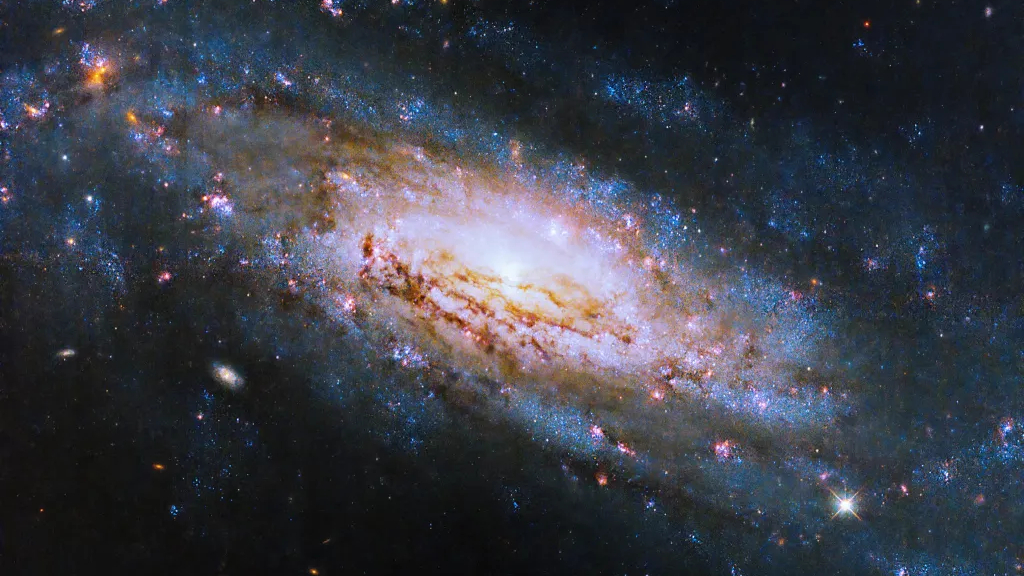
Elbaz explained that there are two possible ways to interpret the discovery of a connection between the mass of a supermassive black hole and the possibility that this galaxy is still actively forming stars.
"First, the black hole may eject gas out of the galaxy, but this option faces an issue: We see many galaxies experiencing star formation despite having an active black hole in them," he said. "Second, the jets from an active black hole can heat the surrounding intergalactic gas and prevent it from feeding the galaxy. This is called galaxy starvation."
This second mechanism is the researcher's favored solution — it is also the one that increasing numerical simulations of the universe appear to favor. Yet, to be clear, the team lacks observational evidence to validate this hypothesis.
"Since most previous studies have failed to see a direct signature of the connection between black holes and gas reservoirs that could not be explained otherwise, the main finding of this study came as a surprise," Elbaz concluded. "That is despite the fact that it provides a logical explanation for the behavior of galaxies that we observe in the universe."
Elbaz explained that galaxies have another gas component — denser molecular gas — and that the team will turn their attention to this topic next.
He explained the next step for the team will be to combine their analysis of both types of gas. This should allow them to determine how much cosmic gas has fallen into galaxies relatively recently. The dependence of star formation and, thus, galaxy growth on dense molecular gas can then be compared with the masses of supermassive black holes.
"This could be done using the ALMA (Atacama Large Millimeter Array) observatory," Elbaz said.
The team's research was published last week in the journal Nature.
Join our Space Forums to keep talking space on the latest missions, night sky and more! And if you have a news tip, correction or comment, let us know at: community@space.com.

Robert Lea is a science journalist in the U.K. whose articles have been published in Physics World, New Scientist, Astronomy Magazine, All About Space, Newsweek and ZME Science. He also writes about science communication for Elsevier and the European Journal of Physics. Rob holds a bachelor of science degree in physics and astronomy from the U.K.’s Open University. Follow him on Twitter @sciencef1rst.
NASA spacecraft spots monster black hole bursting with X-rays 'releasing a hundred times more energy than we have seen elsewhere'
Could we use black holes to power future human civilizations? 'There is no limitation to extracting the enormous energy from a rotating black hole'




